
Luthier Frignani Lorenzo Interview 1 Background
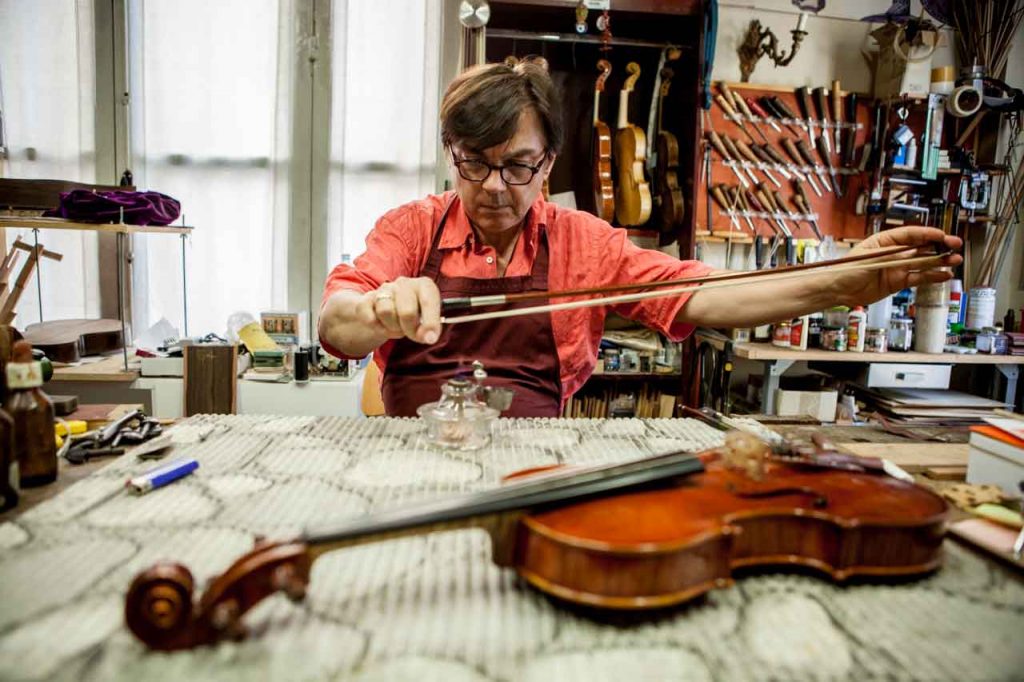
Luthier Frignani Lorenzo Interview 1 Background
Discover an interview with Lorenzo Frignani in English. This interview is also available in French and Italian
Potete anche scoprire questa intervista in italiano https://luthiers.com/frignani-lorenzo-liutaio-interview-1-background/ Vous pouvez également découvrir cette interview en français https://luthiers.com/frignani-lorenzo-luthier-interview-1-background/
Luthier Frignani Lorenzo – For those who don’t know you yet, can you tell us about your background ? Did you go to a luthier school ? Did you follow a training with already established luthiers ? And, if it’s not indiscreet, what did you do before starting this adventure? Were you a musician before becoming a luthier ? Or were you doing something else ? And, by the way, do you still find time to play music with your work as a luthier?
I approached music by seriously studying classical guitar. Later the violin.
I was about fifteen. I was not aware of violin making, I discovered it by chance while accompanying a friend of mine to her “luthier”. A great curiosity about violin making was born immediately, immediately after turned into a full-time professional activity after a few years.
Before, I had a few years of experience in a multinational computer electronics company working on computing computers.
We are talking about the end of the 70s and the beginning of the 80s. In 1982 I started attending a violin making school in Gubbio for three years with Maestro Guerriero Spataffi. Then I returned home and started to privately hang out with a famous Bolognese luthier named Otello Bignami and to work on my own.
The first experience of violin making allowed me to experiment both on the front of plucked and bowed instruments.
Then with Bignami I deepened my experience on the style of the Bolognese school for the construction of string instruments.
But I have always continued to build both guitars and violins.
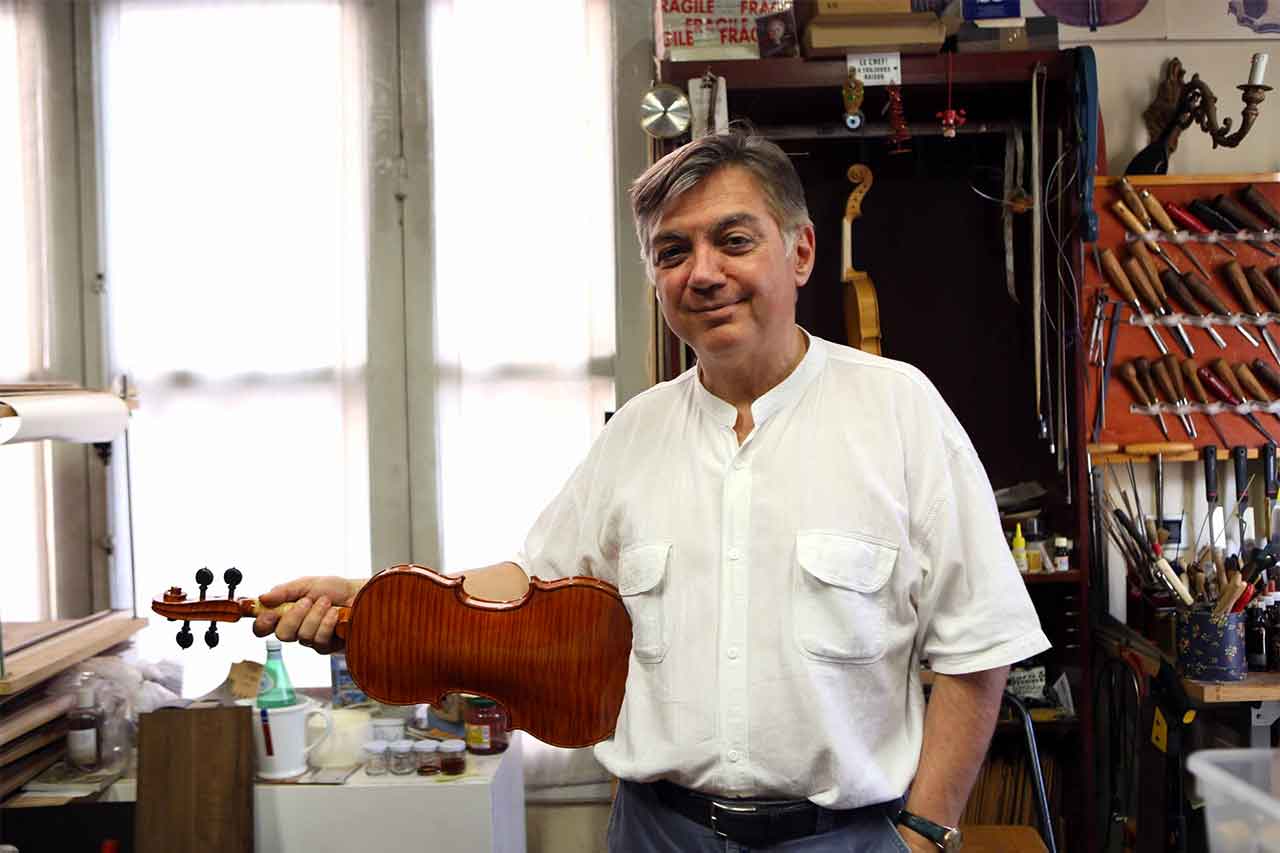
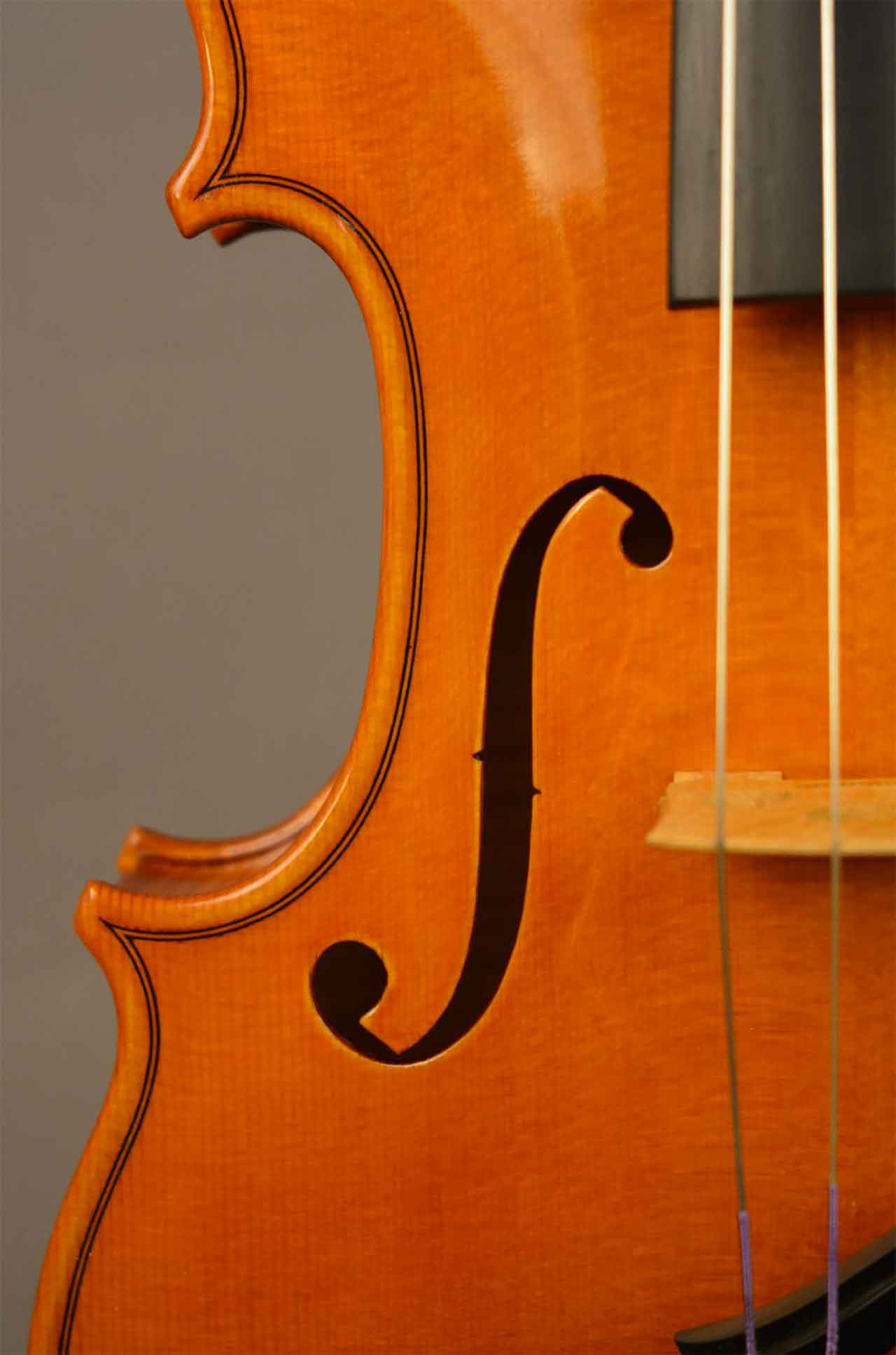
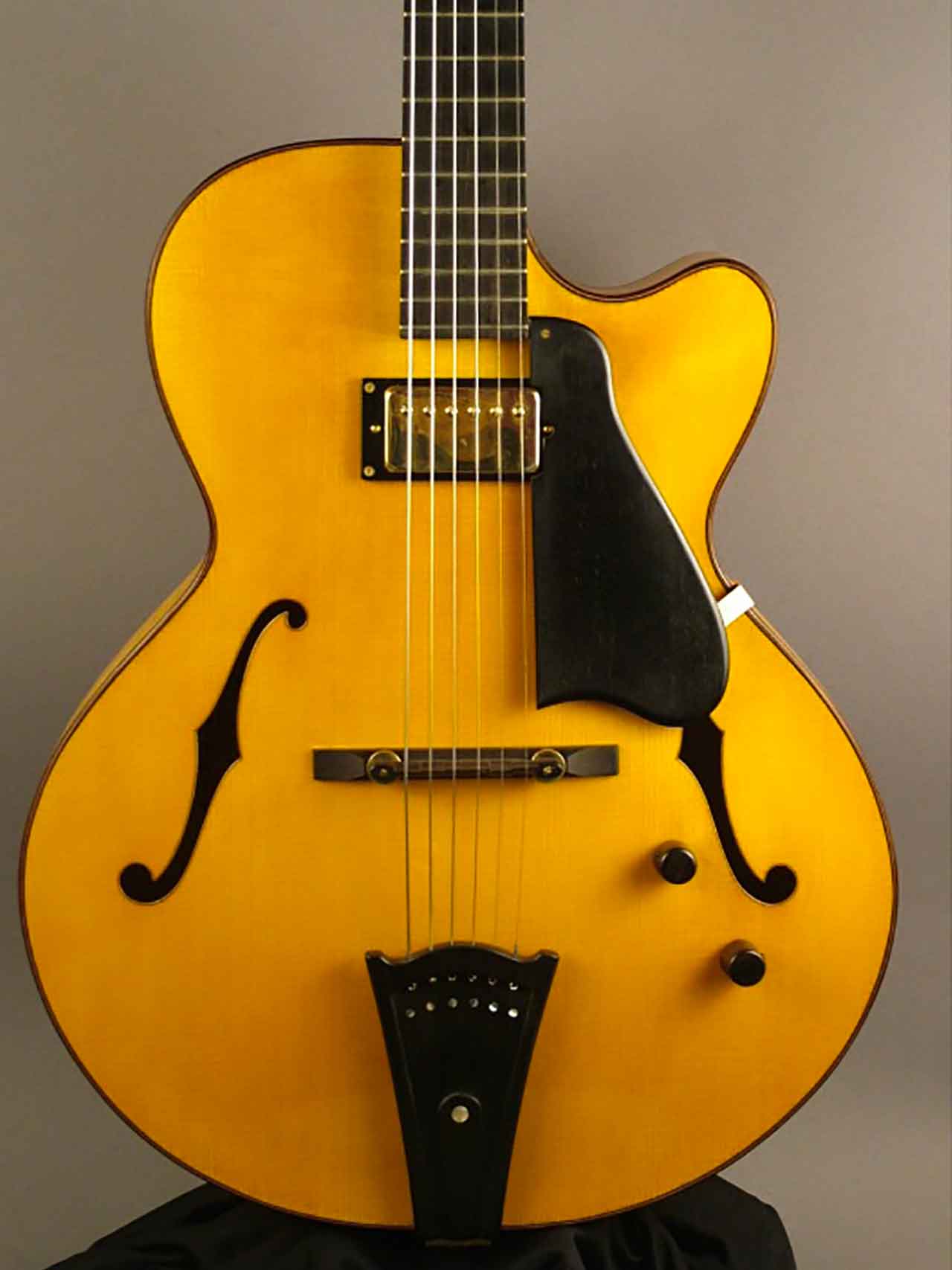
In addition to creating custom instruments, we know that you take care of all types of repair and maintenance of guitars and basses, can you also take care of other types of plucked and stringed instruments?
I have always been involved in the construction but also in the restoration and maintenance of both plucked and bowed instruments.
It may seem strange to follow them both, especially in our days when everything is extremely specialized. But this duplicity of interests has greatly enriched me in the “open” vision of both families of instruments. It is the cultural aspect that intrigues me and that each time leads me to deepen aspects that are only apparently distant.
Violins and guitars have a lot in common and in both cases the goal is to achieve a very high functional quality in the construction and in the conservative restoration to respect the original idea of the characteristics of the makers of the past.
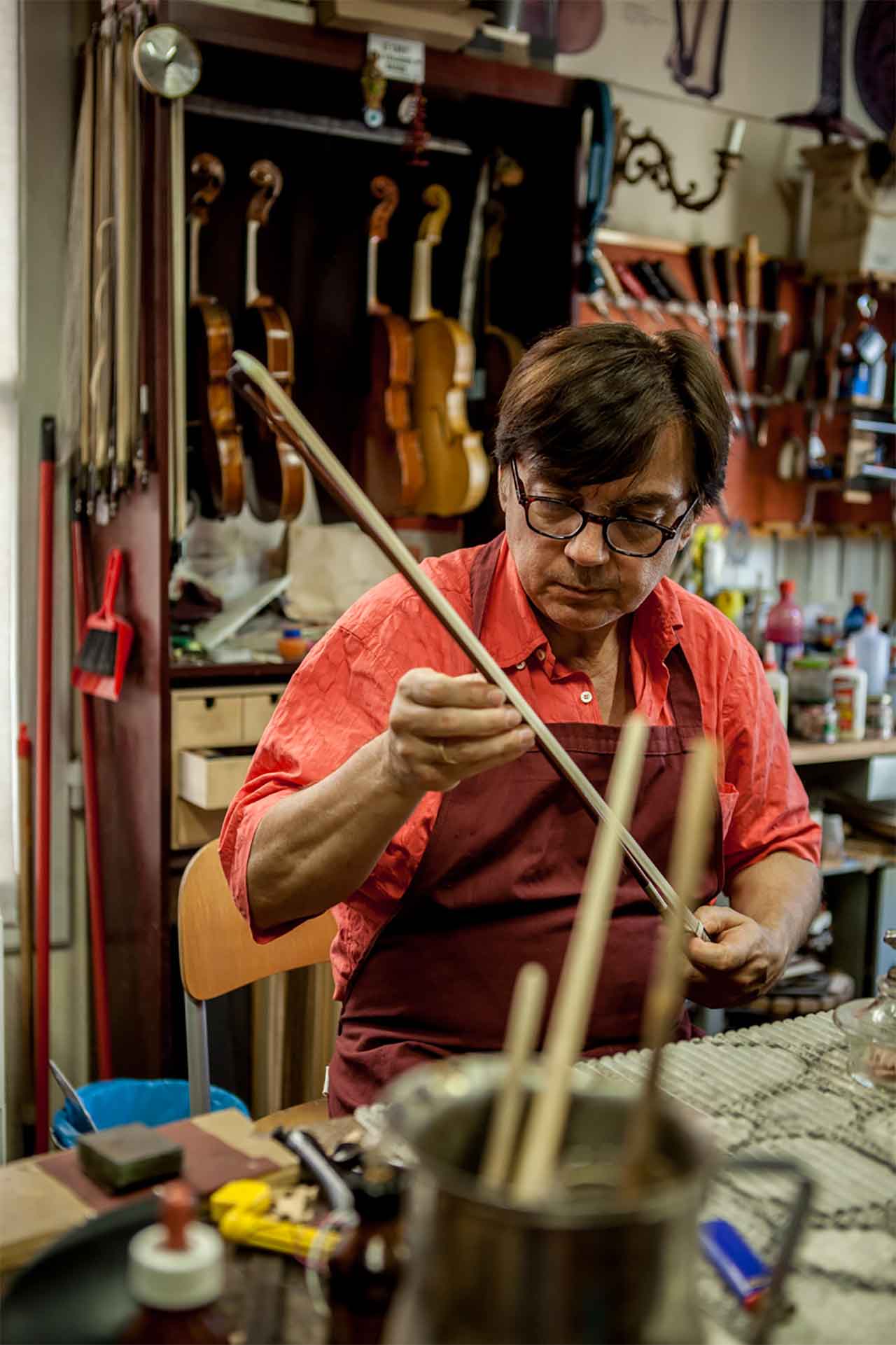

Luthier Frignani Lorenzo – If you do repair and restoration of old instruments, can you tell us about this very specific process? Do you use specific traditional techniques ? specific materials ? different tools ?
The restoration has a very different vision from the construction.
Different because the restoration aims to “dematerialize” the musical instrument in order to be able to restore its parts.
In construction we assemble the parts in a reverse order …
The techniques of approach and consequently the equipment change completely.
Then there is the conservative restoration, widely explained in the conventions stipulated in the “restoration charter”, which undertakes to safeguard all the possible original characteristics of the musical instrument, regardless of its functional recovery. It is widely used by museums and by all institutional conservation bodies.
Then there is the “freedom” restoration, generally entrusted to professionals in the sector … and here a wide debate opens up …
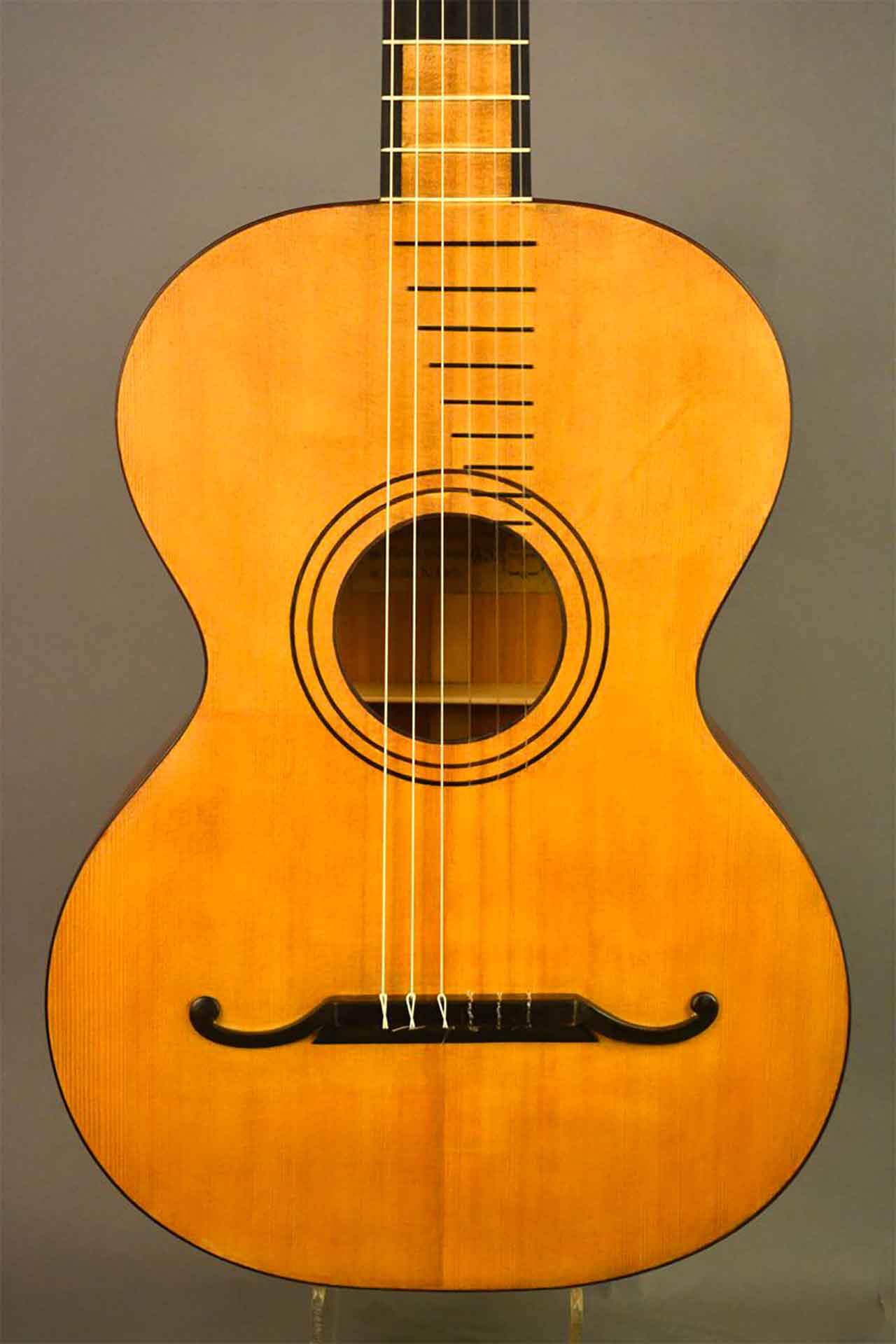
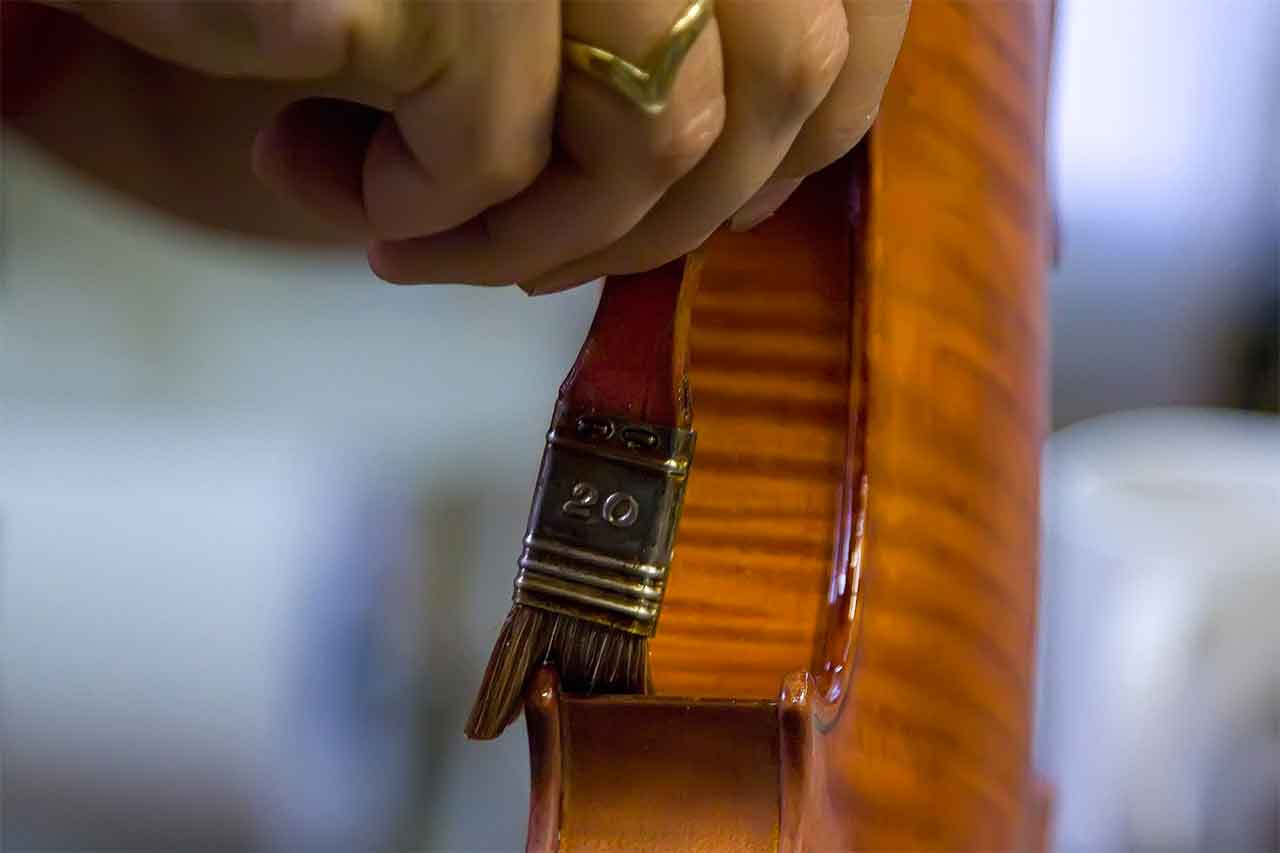
How are you inspired by these historical instruments in your creation process for your own instruments?
The study and the deepening with the historical instruments was very helpful to me to understand their evolution process..
The relationship between performer and builder, the request for an instrument that would represent the sound aesthetics of his time.
There was a time when a delicate and expressive sound was required. Another time in which a powerful and responsive tool was sought.
Today we try to put all these elements together, even if some of them are apparently opposed.
The musical instrument, however, remains an “instrument of expression”. It is important that it is balanced, well balanced acoustically, in order to leave freedom of expression to the performer and to the repertoire being performed.
In plucked instruments, especially the guitar, this is not an easy task to solve. Its balance is complicated. Combining long strings of different sections and different materials into a balanced sonic result is not easy.
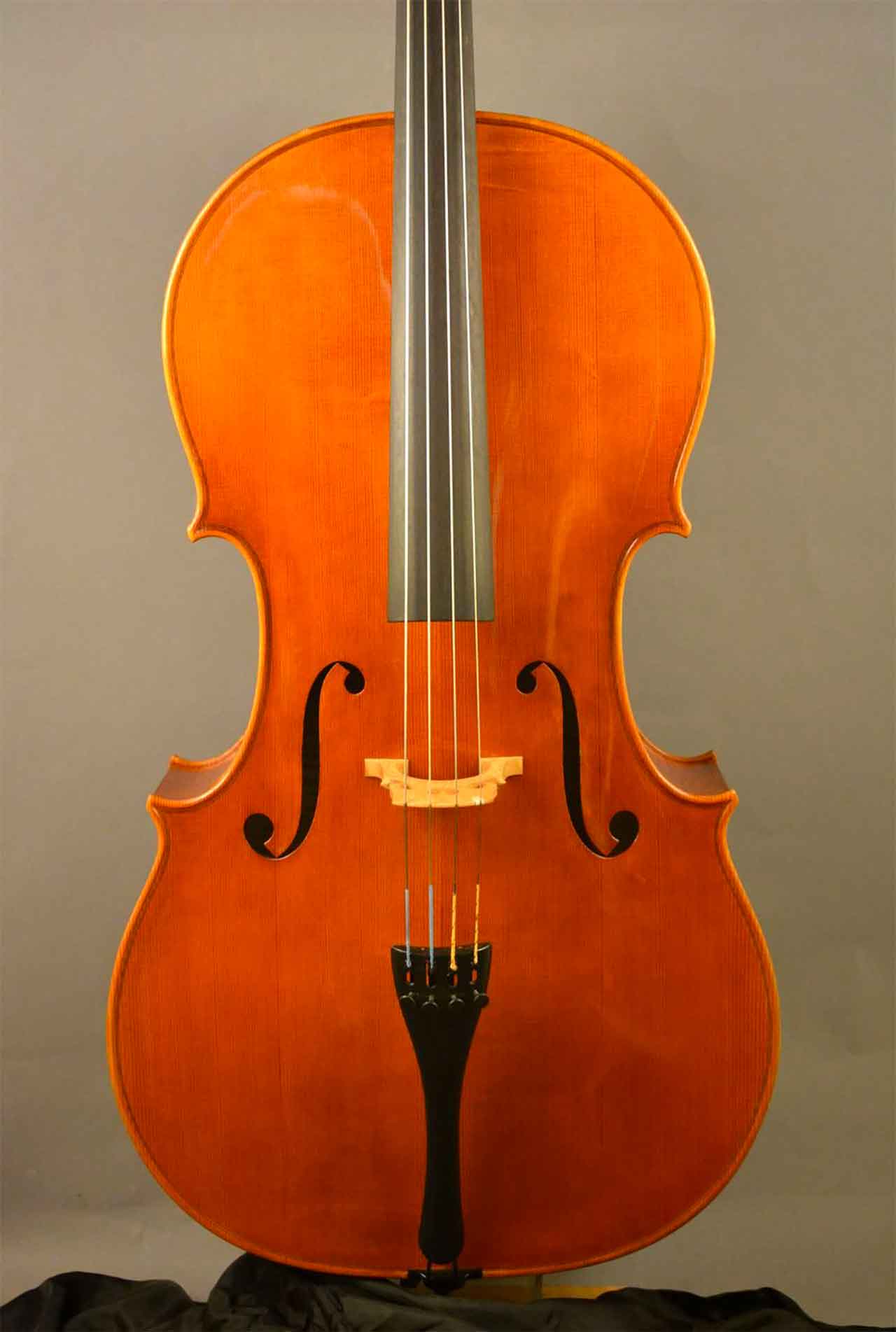
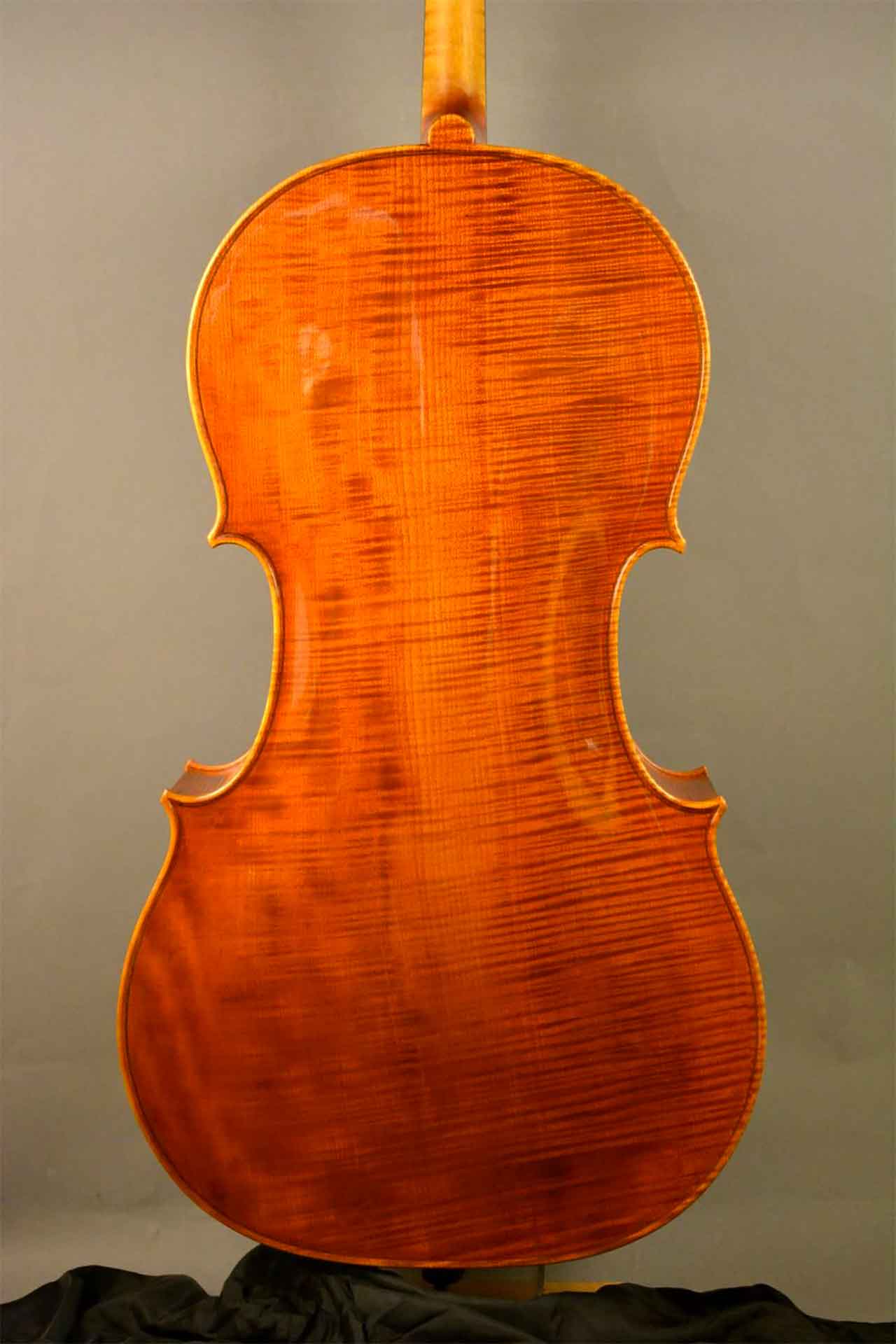
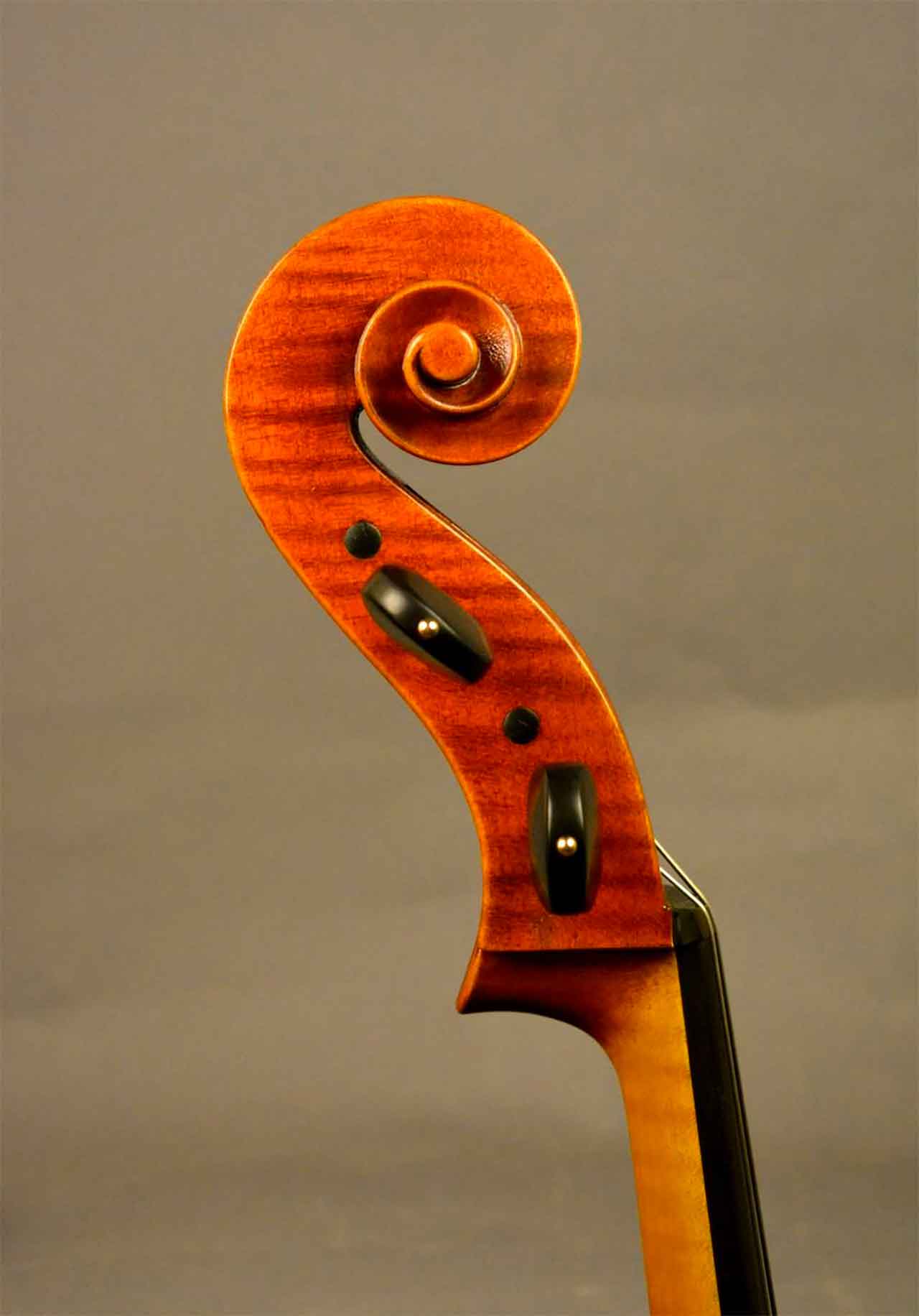
Luthier Frignani Lorenzo – Which traditional luthiers inspire you the most and why?
As for the bowed instruments, the school of the Italian tradition from 1500 to today has certainly been the basis of inspiration for everyone.
From the end of 1600, in the second golden age of Cremona (first that of Brescia), bowed instruments had reached their peak from every point of view.
Even today we make with the same technical and stylistic characteristics.
For guitars it is very different. We can consider continuous changes every 50 years.
The Baroque, Classical Romantic, and Contemporary period have produced many changes and modifications.
The current guitar materializes in form and construction methods in the mid-1800s and Antonio de Torres Jurado is considered his godfather, together Panormo family and Vicente Arias.
They won’t be the only ones to shape and refine the classical guitar with current forms, but the conjunction of Spanish composers and guitarists from the late 1800s and early 1900s will leave a strong mark on the characteristics of the modern guitar.
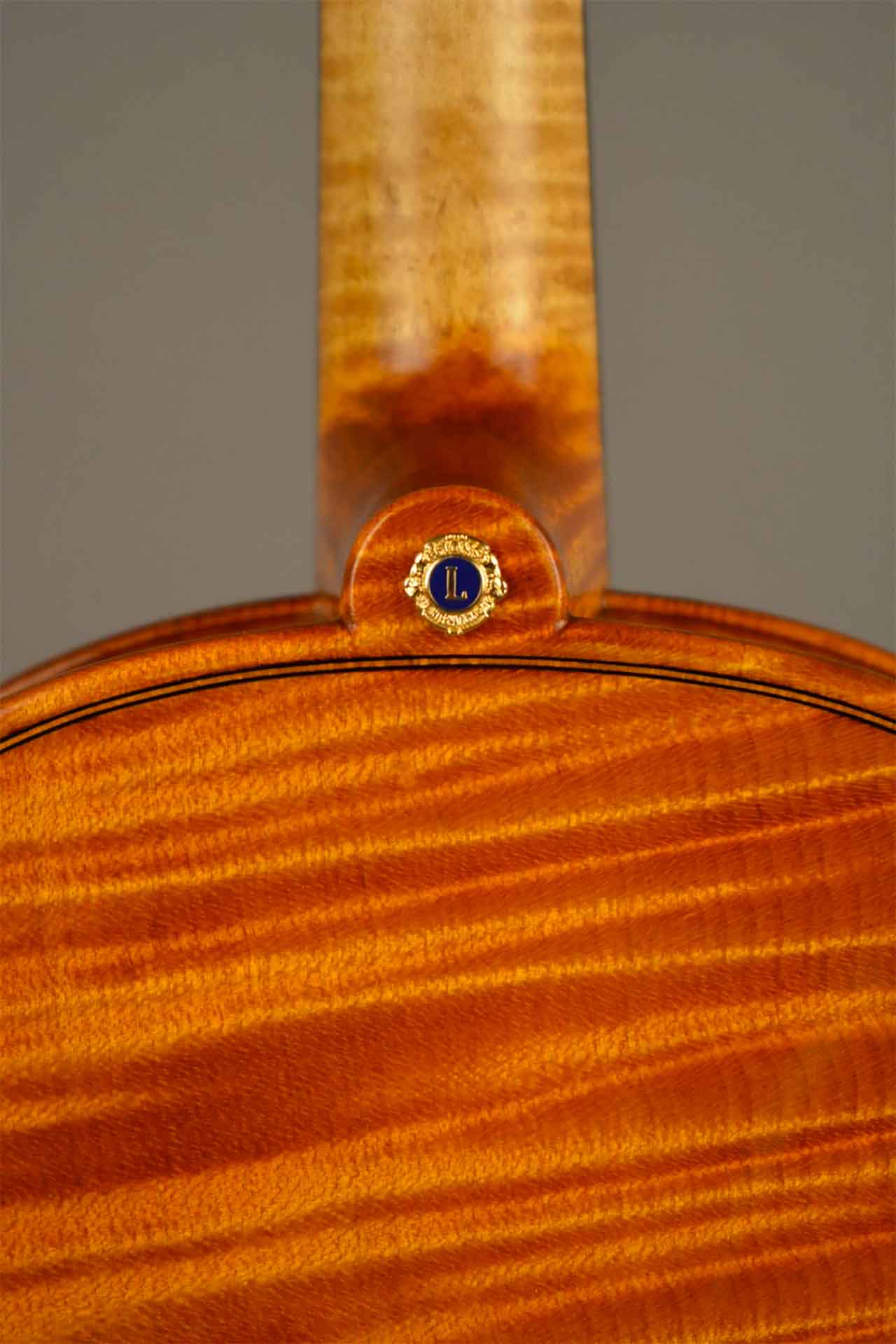

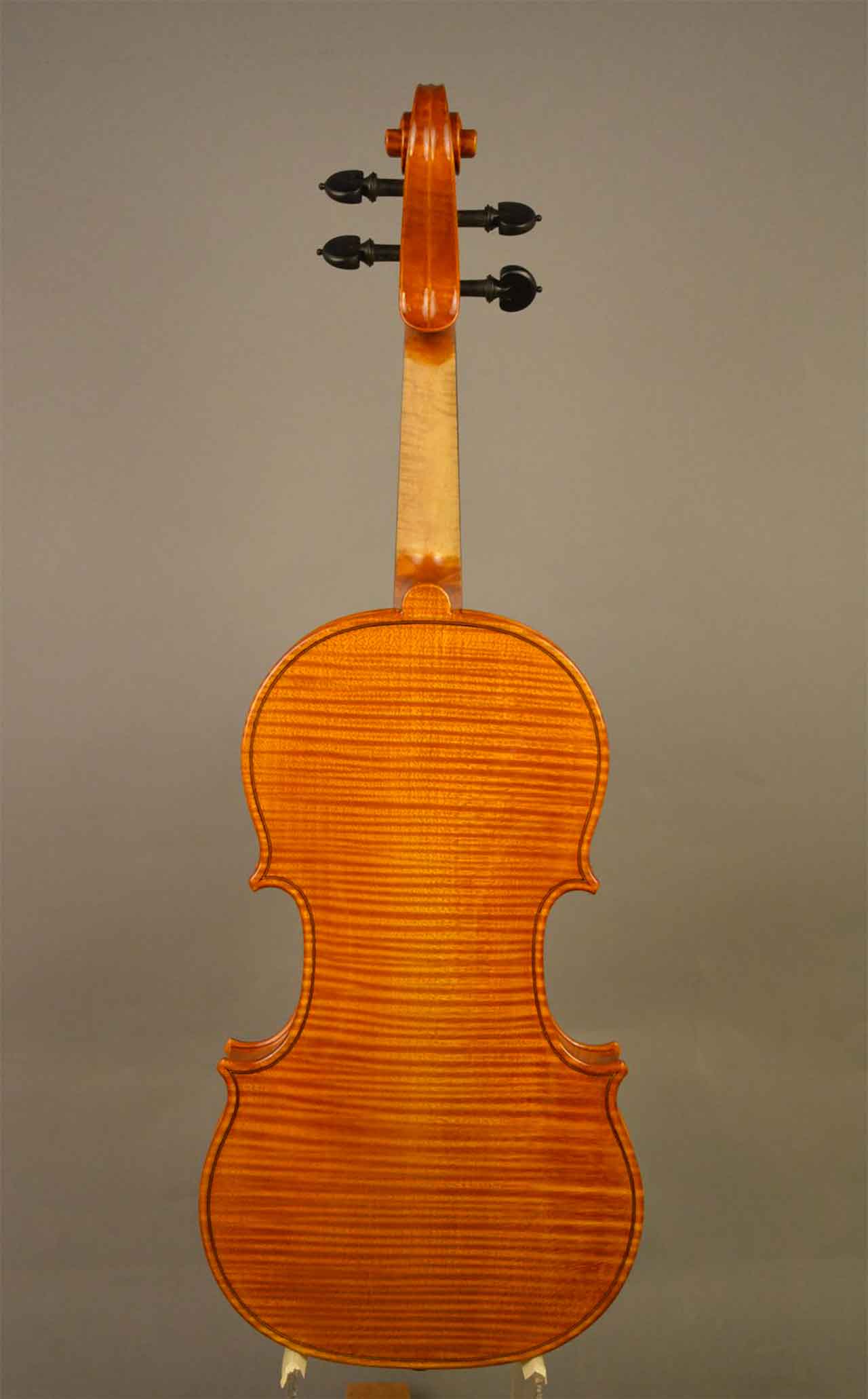
Luthier Frignani Lorenzo – What do you think are the greatest progresses made since the making of these ancestral instruments (technique, aesthetics, etc.)? What have we neglected over time that you think is missing in today’s lutherie?
The major advances concern the continuation of the evolution of the strings, the tuning mechanics and the internal architecture systems that condition both the structural resistance to the deformation induced by the traction tension of the strings, and the generation of the type of “harmonic structure” of the sound generated.
New generation construction materials have also been introduced which have transformed traditional wooden structures into something hybrid.
Nomex, carbon, latex bracing, layered balsa, are some of the attempts to “modify” the traditional mechanics of the guitar both in terms of resistance and resilience.
As usual, the technical aspect has been thoroughly investigated.
If we look closely at the most famous “historical” guitars, they are full of imperfections but the general vision of the construction project is always very clear, in a mixture of ancestral knowledge always linked to tradition, even in its transformations.
What have we overlooked or lost over time to date? Perhaps a more spontaneous approach with music and its instruments, perhaps less virtuosity and more humanity would make listening more enjoyable.
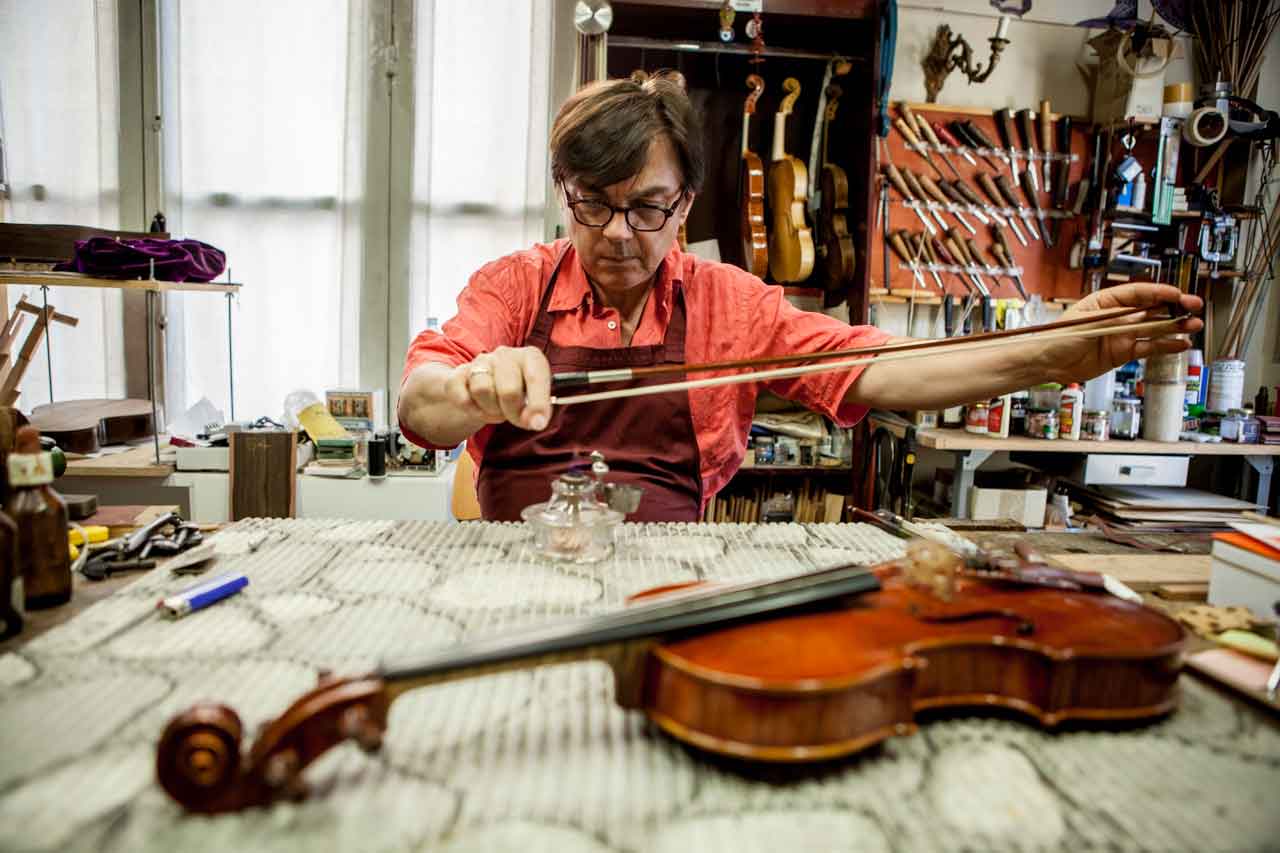
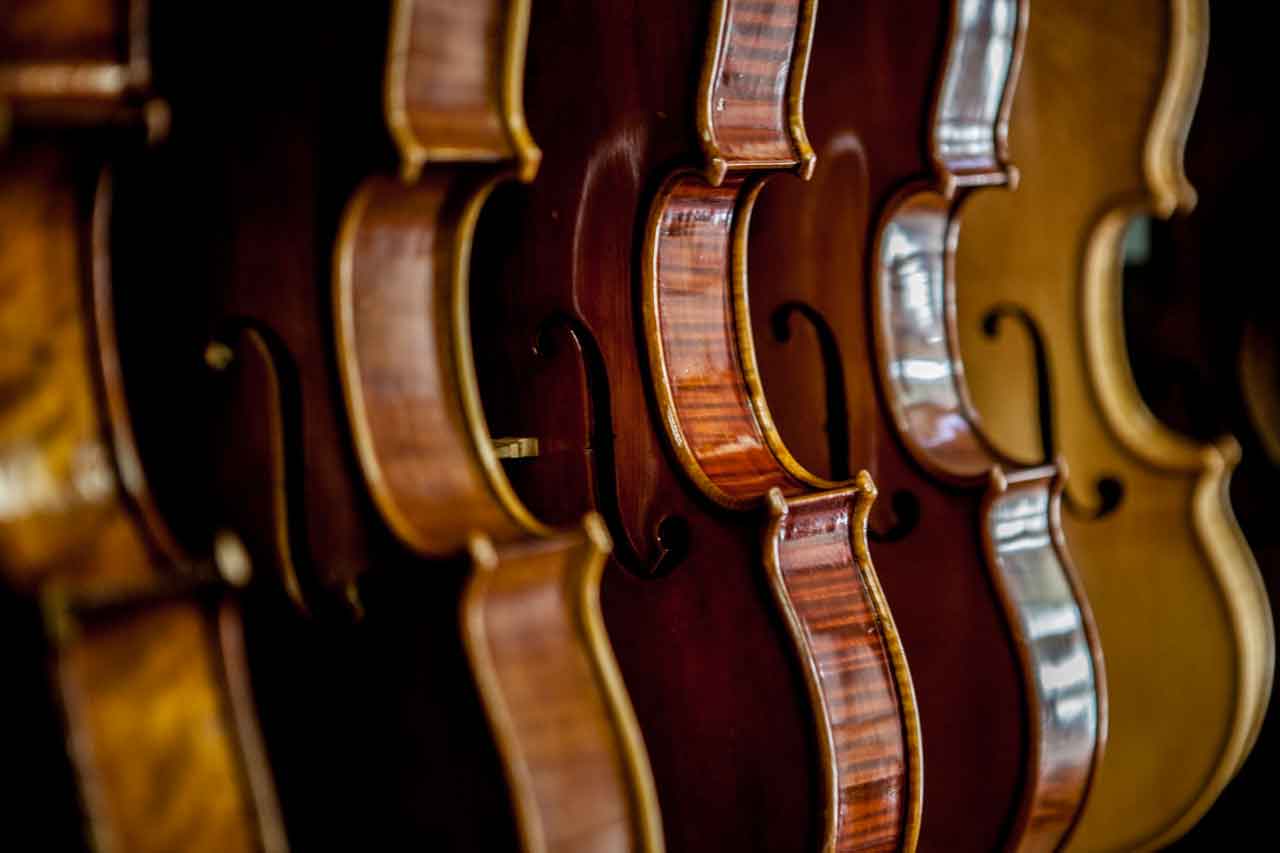
Luthier Frignani Lorenzo Interview 1 Background
You can contact Frignani Lorenzo, through the contact form on his personal page of Luthiers.com here : https://luthiers.com/listing/frignani-lorenzo-liutaio/
We also invite you to follow him on his various social networks:
- Facebook : https://www.facebook.com/lorenzo.frignani.5
- Instagram : https://www.instagram.com/lorenzofrignani/
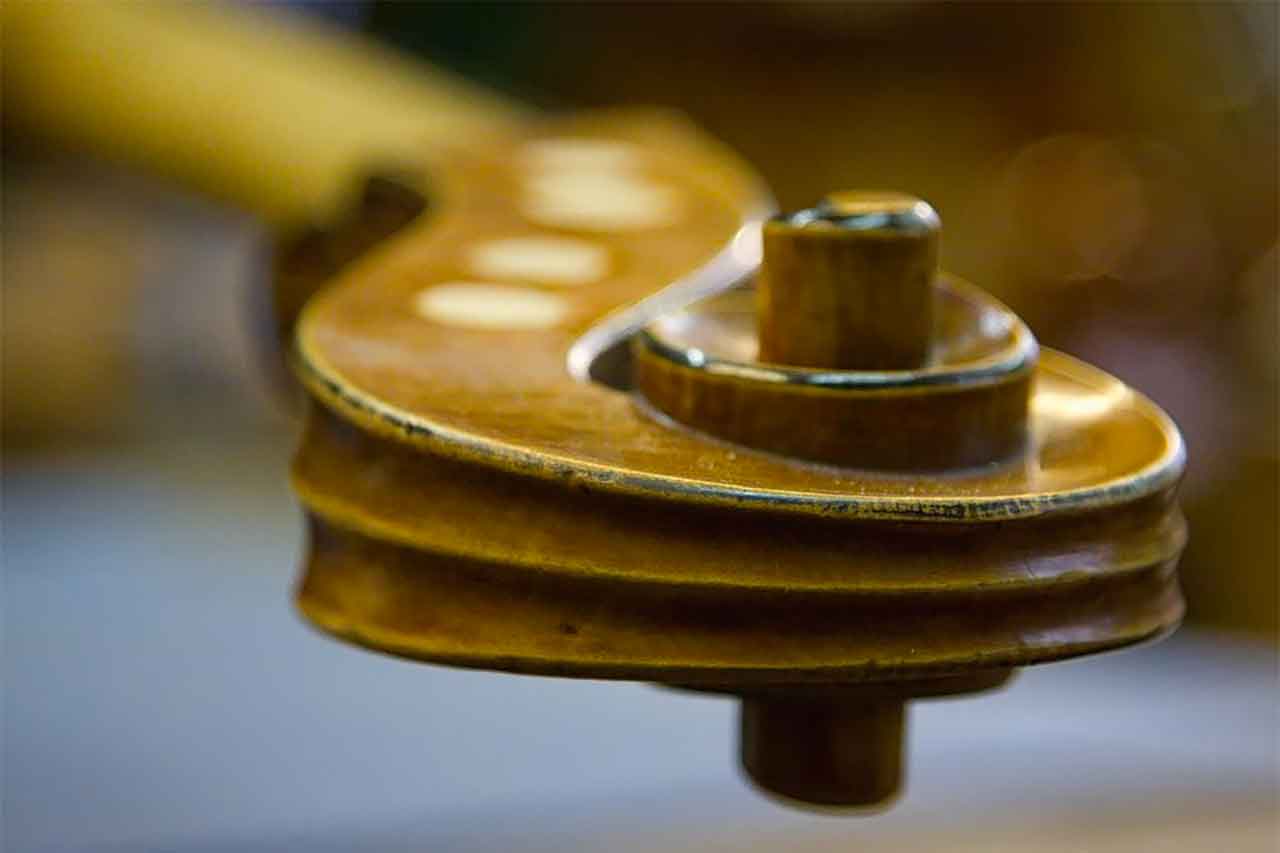
In the coming weeks, as for others luthiers for plucked string instruments, luthiers for bowed string instruments, amps & effects makers, wood & supplies dealers, lutherie events, jobs, schools & teachers subscribers on our site, you will be able to follow our series of mini-interviews dedicated to the fascinating world of luthiers.
See you soon…
#luthiers
Subscribe to the newsletter!
Subscribe to our newsletter to follow all our news and those of our luthiers.
If you are passionate about the world of luthiers, join us!